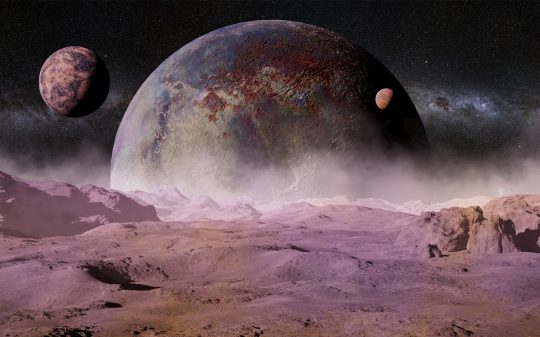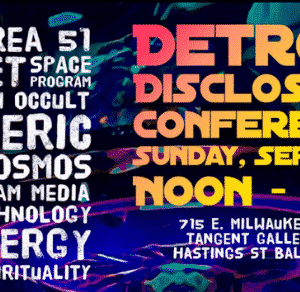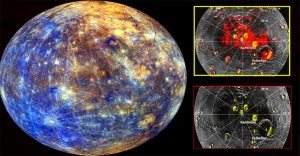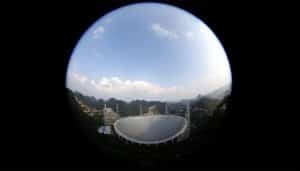
We’ve been working hard to create the best UFO, Alien & Paranormal stories for several years now and we’re excited to share that we just recently launched our youtube channel. We’re releasing one new alien, ufo video each day. Make sure to head over to the UfoHolic youtube channel, subscribe and tap the bell in the top right for notifications to see new videos when they come out. Subscribe to our Ufo videos by clicking here.
Are we alone in the universe?
To those who have researched alien and UFO phenomena around the world, that answer is an unequivocal “no.”
But to many mainstream scientists, the search for alien life has gone beyond sightings within the Earth’s atmosphere and near the ground to instead focus on faraway, distant planets and galaxies.
From the SETI Project that relies on sound to NASA Programs investigating planets within our own solar system, the list of attempts to contact or categorize alien life, or potential hotspots for alien life, is a long one.
Recently, researchers made what they believe to be a major breakthrough, however, developing a new method for identifying potentially habitable planets that could host alien life outside of our solar system.
Star’s Radiation Plays a Deciding Role According to New Technique
The method was pioneered by a team at Northwestern University in Illinois, and involved examining exoplanets orbiting red dwarf stars to determine the impact the radiation of a star and its planet’s rotation rate have on habitability, according to a report from The Daily Mail.
“If we can predict which planets are most likely to host life, then we might get that much closer to answering the question of whether we are alone in the universe within our lifetimes,” said lead author Howard Chen.
For the development of the new model, the team used a combination of 3D climate modeling and chemistry analysis. What they found was that an active star’s size and the size of a planet’s ozone layer also play a part.
That’s because radiation from such a star could lead to the surface water being vaporized, while a thin ozone layer would let in too much radiation, making the planet hazardous for complex surface life.
One of the key components for a planet to sustain complex life is its ability to retain liquid water, the team found.
If it is too close to the star, the water will vaporize, and if that’s too far, the water will freeze. If the surface does in fact freeze, the surface will not be warm enough to sustain complex life.
Which Planets Could Possibly Sustain Intelligent Life?
According to the researchers, the planets in the middle are the ones most likely to be able to sustain complex life, an area known as the Goldilocks Zone after the fairy tale of the same name, the Mail article stated.
The name references the Three Bears, where Goldilocks finds that one porridge is too hot, one too cold and one is “just right.” This illustrates the importance of temperatures falling along the correct lines to sustain complex and potentially intelligent life according to the scientists.
In Search of…The Perfect Planet
The big question on the team’s mind is, “how close is too close for a planet to sustain liquid water? The goal is to find the ‘inner edge’ of a zone that could sustain complex life, ” Chen explained.
“The inner edge of our solar system is between Venus and Earth. Venus is not habitable. Earth is,” he said according to the article.
Planets with thin ozone layers do not make the cut because they allow too much ultraviolet radiation to pass through and penetrate the ground, the article added. The level of radiation would simply be too hazardous.
According to Daniel Horton, a senior research on the project, there are many potential target planets being investigated currently.
While many UFOlogists and enthusiasts would argue they’re looking in the wrong place, Horton and his team are determined to gather as much information as they can to make sure they’re covering all their bases.
“There are a lot of stars and planets out there, which means there are a lot of targets. Our study can help limit the number of places we have to point our telescopes,” he said.
People Are Opening Their 3rd Eye & Grounding With Hape
Use the discount code healthywildfree for 10% off your order!
Recommended Reading:
The Top 3 Ways To Open Your 3rd Eye
Tobacco Has Been Demonized By The Elites
The Strange Powder That Shamans Use To Connect With UFO & Aliens
Why Are UFOlogists Blowing Tobacco Herb Mixes Up Their Nose?









